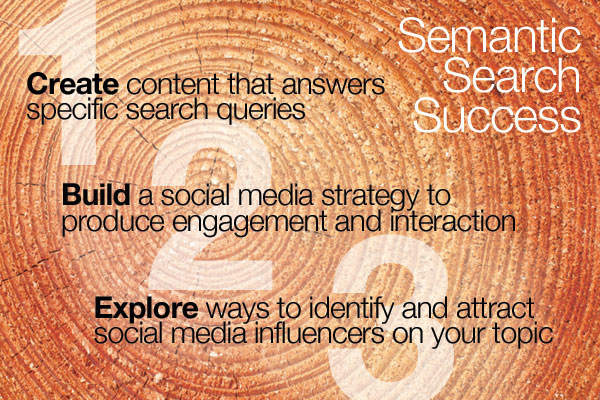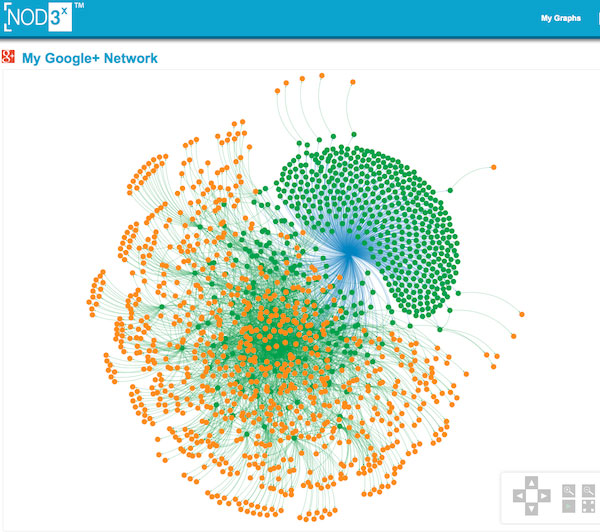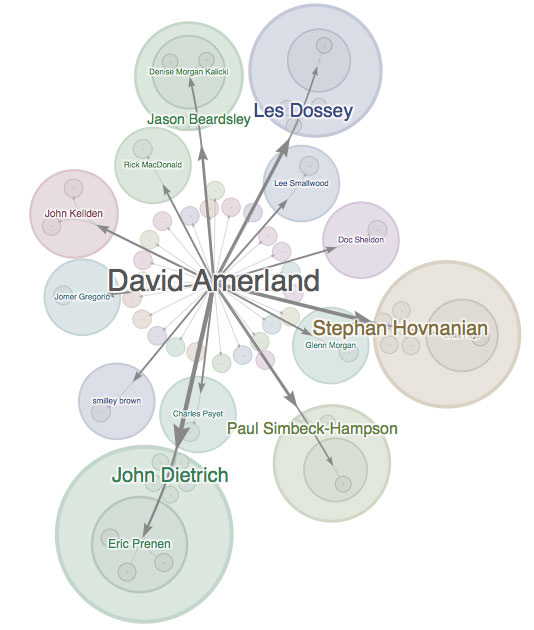Social Media for Semantic Search Success

"Website content that cannot be readily and willingly created, shared, commented on, and reshared by real people, is, in Google's eyes, of scant real value and eventually will have no place on the search results pages."— David Amerland, Google Semantic Search
What you used to see on a search engine page were often websites that put money and effort into building many links to their websites from other sites to give the search engine and you the illusion they were popular. This was the prevailing strategy. It was most often a purchased and automated activity that did not require humans to value the content. But we, as web visitors thought the pages that ranked high in search were there because they really were more popular. That was the illusion. The web of websites gamed search. The web of people needs a better solution.
The system is different now. There is a new search engine, Google Hummingbird, launched in the summer of 2013. The way this search engine works is based on relationships between people and websites, and it is less likely to be gamed because it can't simply be automated. It takes time for people who have websites to build relationships between their sites and their audience of people. It takes time for Google to learn how to understand the meaning of the content. It uses the relationships between people and that content to do so. This is the need that social media fulfills, the platforms where people interact with content, the study laboratory for the search engine. You are now more likely to have better answers to your search queries, answers that reflect what people find of value.
The next question is, how do you help your website to rank better on the pages of the new semantic search engine? What does Google study about these human interactions and how can this knowledge help you?
What the semantic search engine is trying to do for us
"In semantic search, the goal is to map the interaction of relationships between people and websites across the Web. . . . we will end up with a scalable, ever evolving picture of connections across the Web that will allow a search engine to understand the true meaning of a word through its associated connections." — David Amerland, Google Semantic Search
The expectation is that, if Google has understood your query correctly, and positioned high quality answers on the search page for you to find, you will find answers and your search will be satisfied. Then you need no longer search; the task is done.
But with all the noise out there, like going into a room where everyone is talking loudly, how does Google identify valuable content on the web? Google has many ranking factors, but there are some basic guidelines we can discern. We know that Google uses the relationships between people and content to help understand that content. It maps the relationships. How do we understand those?
Google does offer a great deal of information we can use to develop our understanding of these relationships. In analytics we see these patterns. In the Google+ application we can see the trust, value, and authority of the people and the patterns of their interaction with the content of the posts. We can identify the people who comment on and engage with or reshare each of our posts. We can see evidence of the interactions with our web content that Google may be judging.
To visualize the complexity of detail available, there are several software products that show the logic of the network connections that Google can see. The image below is from "NOD3x", one such software. The blue lines below in the image are my posts and connections, and the green and orange colors represent others and their sharing or engagement with my posts. In this software application I can see all the names of the various nodes of people and explore the connections and actions.

How does the search engine sort through it all?
Google now forms an opinion on website quality based on factors that are human behaviors instead of website linking strategies: where humans go, what they talk about in social media, how they share and interact with a site, and whether they return.
We talk of social signals. What does Google learn from your "social signals"? It gains a clearer understanding of the meaning behind the content. It develops better indexing of the content. It can identify the authority of the content based on an assessment of social interaction. It can see the trust level of the content based on the social interaction. It can make an identification of the value of the content in its context.
What Google takes into account to determine the value of web content:
1— the type of personal profile your visitor has
2— how the visitor interacts with your content
3— how the visitor interacts with your brand, by sharing or returning
When a website is ranking high in search, an analysis should reveal that
- the content is heavily reshared by the site's visitors
- the content has a strong following in social networks
- the content is heavily linked to by people active in that topic of interest
- there is a high level of web traffic
- there is a great deal of content producing activity generated
What do you need to do to rank high in search?
Companies that are trying to rank high in search need to do these three types of activities:
1 – Create content that answers specific search queries
2 — Have a social media strategy intended to produce engagement and interaction with your audience
3 — Find ways to identify and attract the social media influencers in your business
Would you like to have Viral Content?
Viral content is content that is highly reshared and commented on by people. The conditions must be right: a lot of human web traffic and a strong sense of authority in the website. The website is trusted because Google has found that some of the visitors who reshare the content are already highly trusted by Google. Those who do reshare the web content talk about it online and also link back to it to show it to others.
Many ingredients go into this process of "virality." A key step of the process is that one or two social media influencers provide their blessing to the content by resharing it. The followers of these influential people consider their source of information to be authoritative and possibly trend-setting, so they go to view and share it themselves. This generates a first wave of buzz.
That step then leads to independent discovery by many others. If you do not have your own strong following sufficient to "push" content to large numbers of people on its own, then you must depend on others to do this for you. This journey is all about quality not quantity. Those who have this level of influence are very selective in what they share and promote.
This process then suggests an activity of high value for you is to find and engage with people of high levels of influence on the topics important to you and your content. You must identify a social media to use that can reach these folks and that is a comfortable sharing platform for you.
Google+ has an analytics feature called "Ripples" that show the path an article has taken to achieve high numbers of visitors and engagement. You can see the names of those who have reshared the content. This is one way you can identify them, follow them, and begin to develop a discussion with them that eventually yields a supportive relationship.
This image below uses a post similar to the one David Amerland has used in his book, Google Semantic Search. His own share of his post resulted in the arrows you see, then those individuals who engaged and reshared the post to their circles are shown in circles around the outside. Your own posts will share these two levels as well, your sharing and then the sharing of your content by others. This is how it reaches a much wider audience.

Your Social Media Marketing Preparation
These are the key things to think about when planning your approach to marketing a small business. There are three basic directions for your concern.
1. How does your web content reflect your company brand and its values? These are matters of the tone and style of your communication as much as it's content. Plan this deliberately and follow your plan.
2. How will you build a following in social networks appropriate to your brand? An authentic voice must be present in your online content and reflected in the sharing and interactions of your social media network.
3. How will you identify social media influencers? The journey is about engagement with them so they may help you spread the reach and depth of your content. Engagement implies that these are actions of mutual respect, where you are also an engager, commenter, and sharer of the content of others.
This article is based on the guidance in the book, Google Semantic Search, by David Amerland. Please do enjoy the content of Chapter 7, the foundation for the article.
Please read the other articles in this series, based on this book:
You Are an Entity Not a Keyword
What on Earth is a Knowledge Graph
Passion and Customer Relationships Win at SEO
Local Landscaper Semantic Search Success Story
Why Would Google Recommend You?
Are You Actively Building Your Online Reputation?
Build a Business Dream Team on Google+
Dressing Your ENTITY for Success

